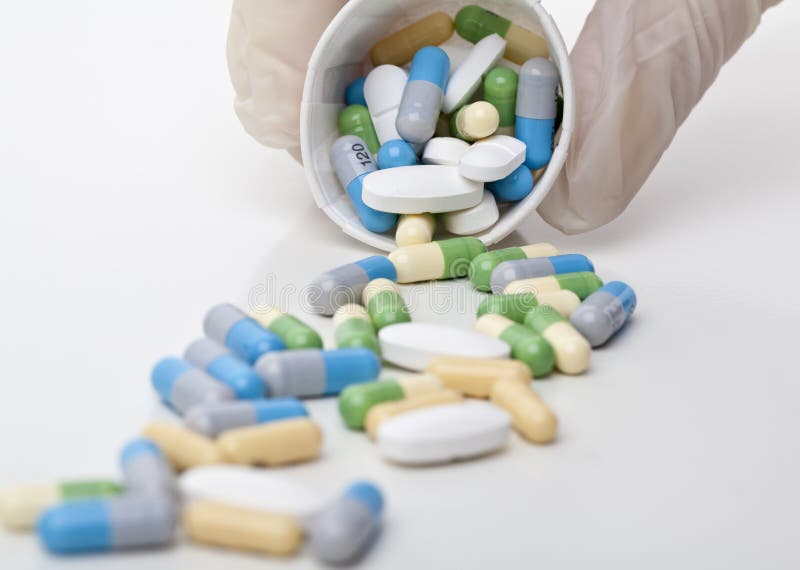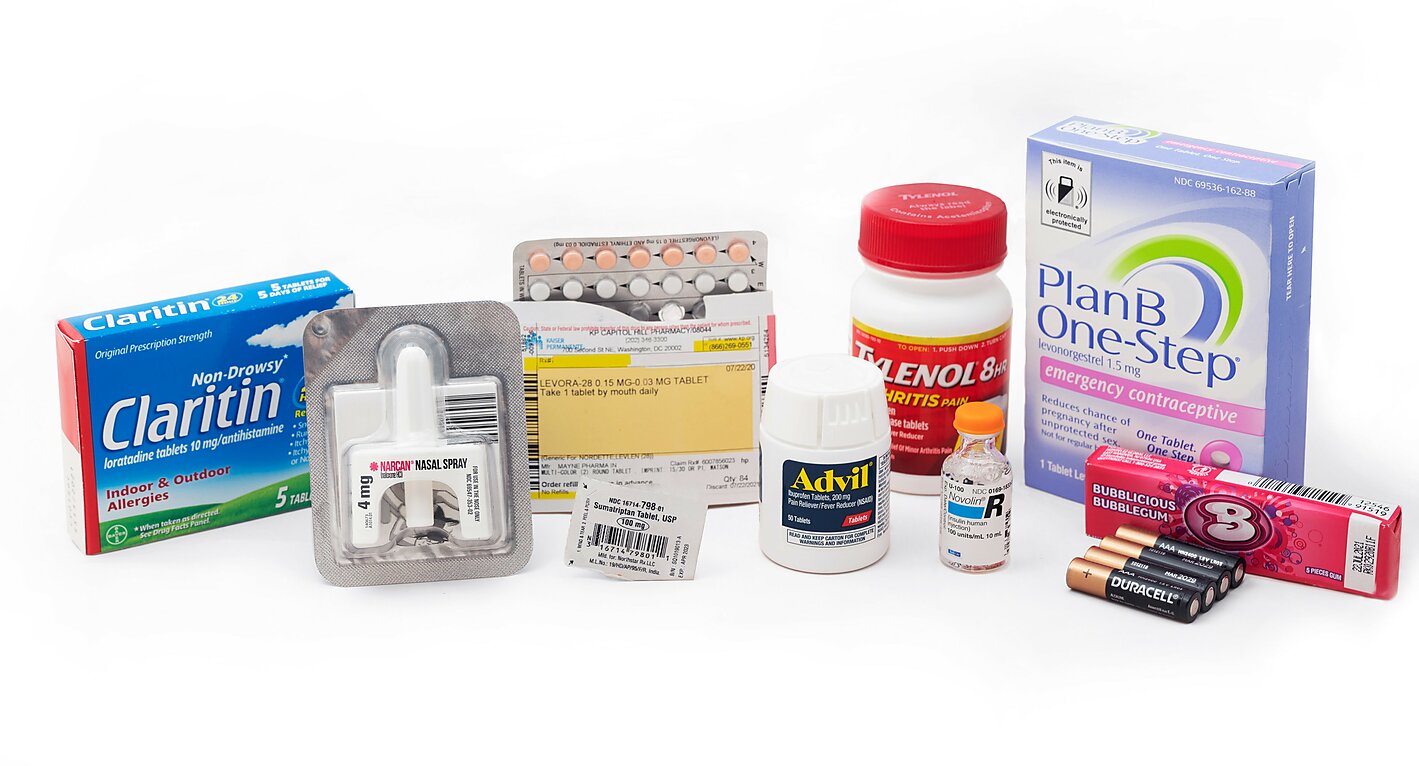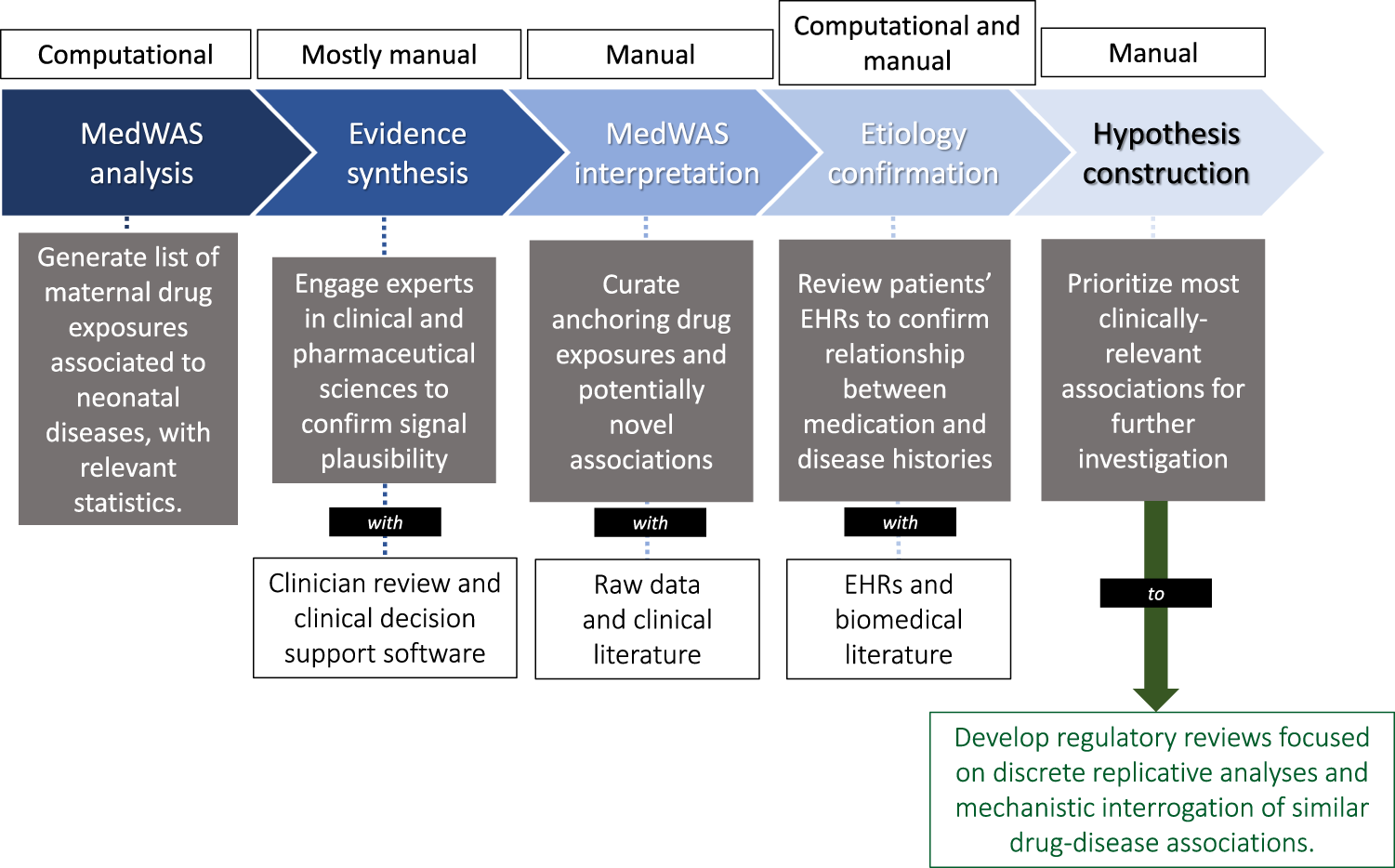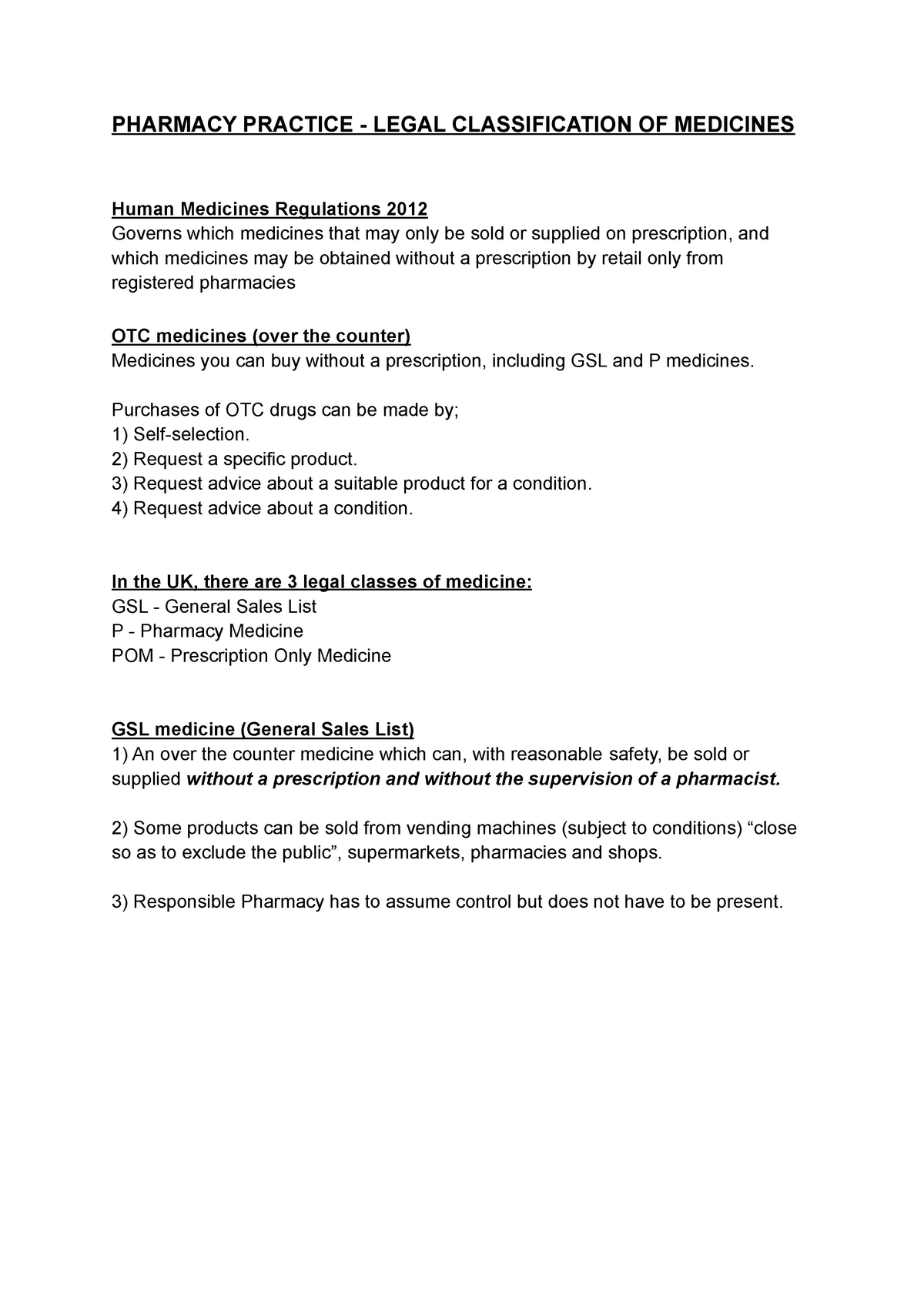Medications are classified into various categories based on their intended use, potential for abuse, and potential for dependence. These classifications are important because they help determine how a medication can be prescribed, dispensed, and used. In the United States, the legal classification system for medications is known as the Controlled Substances Act (CSA), which is a federal law that regulates the manufacture, distribution, and possession of controlled substances.
The CSA divides controlled substances into five schedules, or categories, based on their potential for abuse, their medical use, and their potential for dependence. Schedule I substances have the highest potential for abuse and no currently accepted medical use, while Schedule V substances have the lowest potential for abuse and are used for medical purposes. The schedule of a medication determines how it can be prescribed, dispensed, and used. For example, Schedule II medications, which have a high potential for abuse and a currently accepted medical use, may only be prescribed in writing and may not be refilled.
Schedule I substances include drugs with a high potential for abuse and no currently accepted medical use, such as marijuana, LSD, and ecstasy. Schedule II substances include drugs with a high potential for abuse and a currently accepted medical use, such as oxycodone, fentanyl, and amphetamine. Schedule III substances include drugs with a lower potential for abuse and a currently accepted medical use, such as anabolic steroids, codeine, and ketamine. Schedule IV substances include drugs with a lower potential for abuse and a currently accepted medical use, such as diazepam and lorazepam. Schedule V substances include drugs with a lower potential for abuse and a currently accepted medical use, such as cough medicine with small amounts of codeine.
In addition to the CSA, medications are also regulated by the Food and Drug Administration (FDA). The FDA is responsible for evaluating the safety and effectiveness of medications before they are approved for use in the United States. Medications are also classified based on their intended use, such as prescription medications, over-the-counter medications, and dietary supplements. Prescription medications can only be obtained with a valid prescription from a healthcare provider, while over-the-counter medications can be purchased without a prescription. Dietary supplements, such as vitamins and minerals, are not intended to treat, diagnose, or prevent any specific medical condition, but may be used to supplement the diet.
In conclusion, the legal classification system for medications in the United States is based on the Controlled Substances Act, which divides controlled substances into five schedules based on their potential for abuse, medical use, and potential for dependence. The schedule of a medication determines how it can be prescribed, dispensed, and used, and all medications are also regulated by the Food and Drug Administration to ensure their safety and effectiveness.





